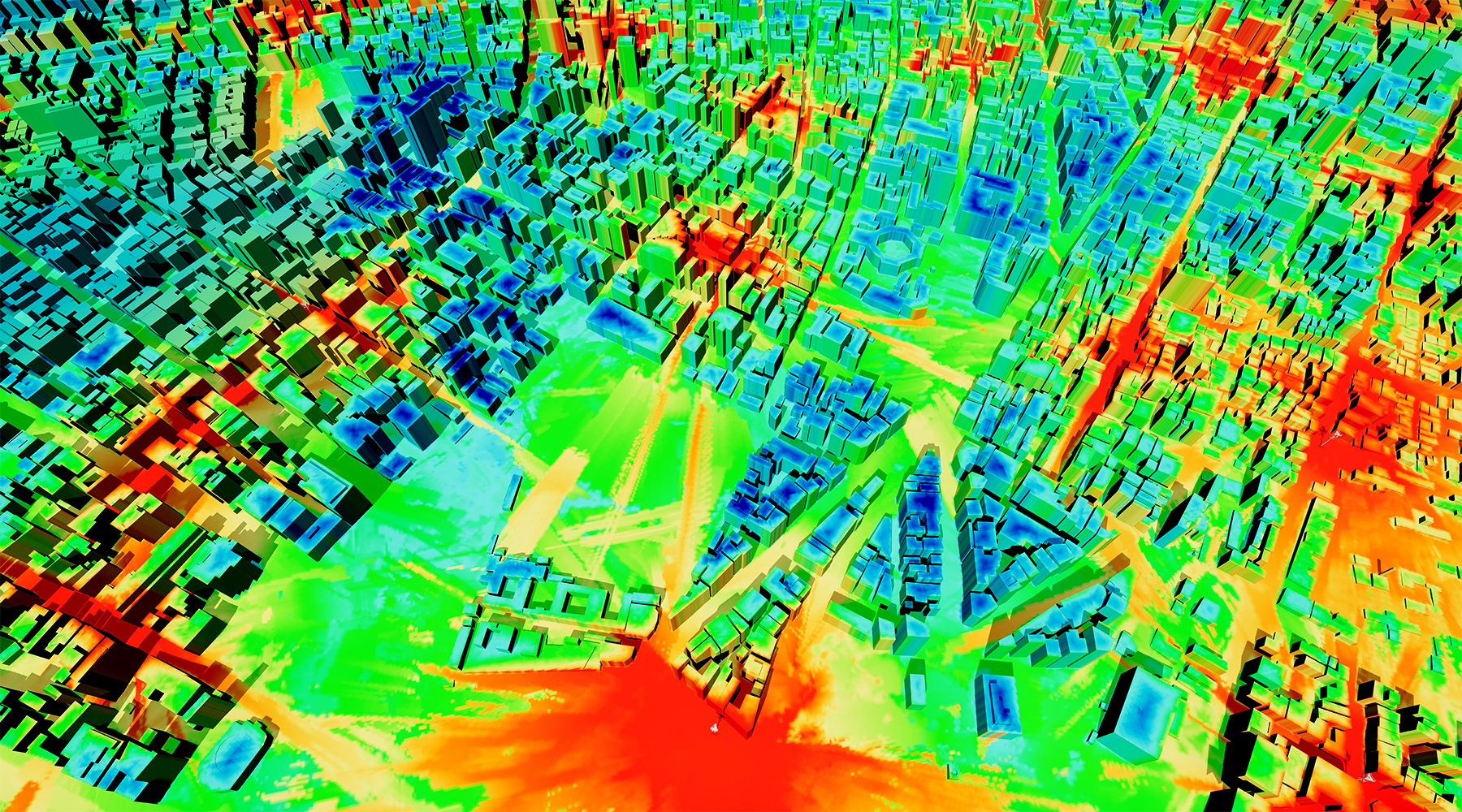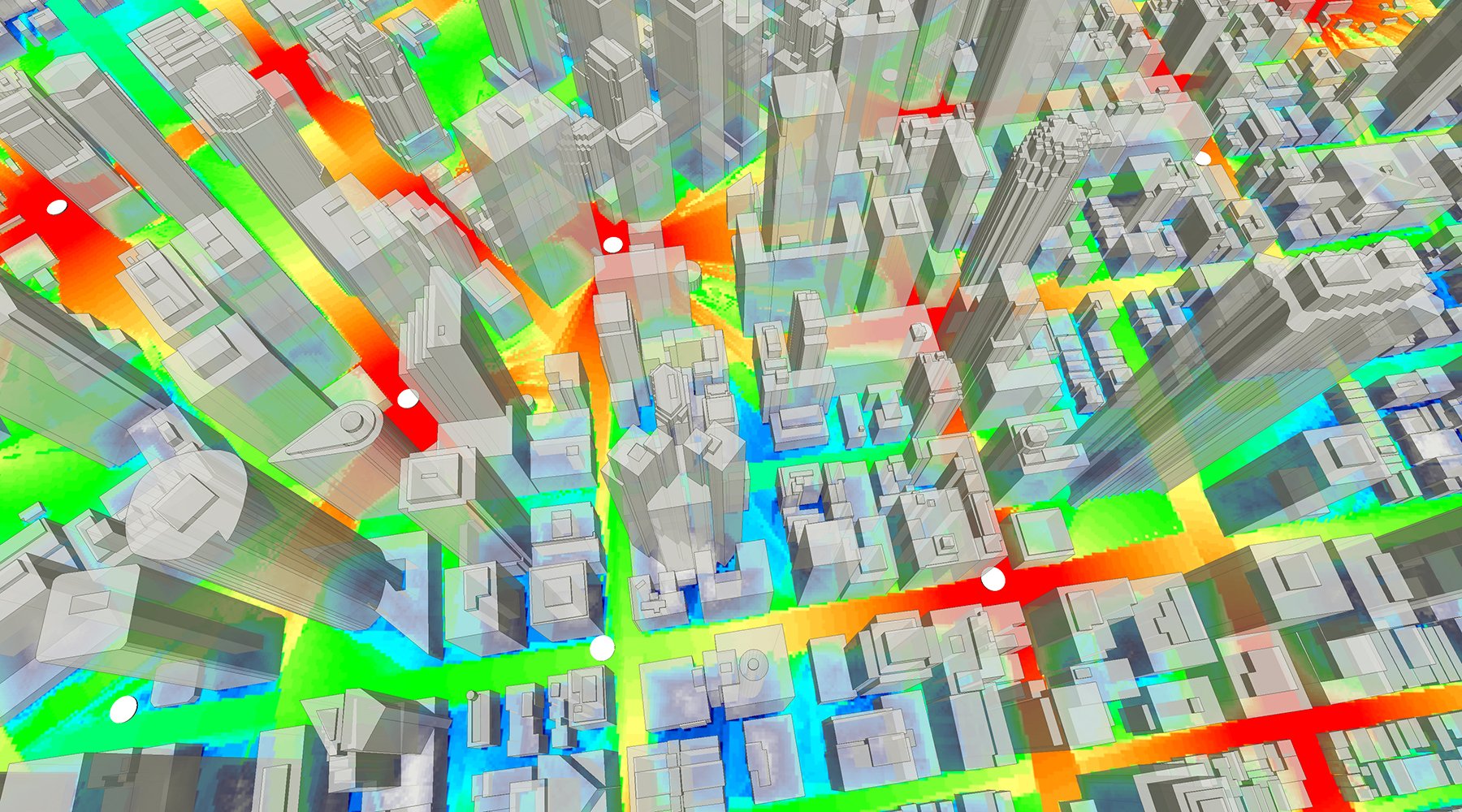Listen to audio version of this blog post:
Many telecom companies are currently planning their 5G network deployments. However, technical and logistical issues will make rolling out 5G coverage more complex than with earlier generations.
At a glance:
- 5G network deployment is expanding rapidly
Deploying the tech - especially for mmWave bands - is challenging
Learn about seven key technical and logistical challenges when you deploy 5G
Find out about methods to support more efficient project planning
Telecom companies are betting big on 5G. According to a global analysis by consultancy McKinsey, firms will spend over $600bn on the next generation of mobile networks between 2022 and 2025. As of March 2024, 308 operators in 118 countries had launched at least one 5G service, according to the GSA, an industry association.
Expanding public and private 5G networks will support emerging technologies - from autonomous vehicles to edge computing and virtual reality. However, the practicalities of rolling it out are considerable.
Let’s learn about some of the practical and logistical challenges surrounding the network deployment of 5G technology and how they can be overcome.

Deploying 5G will be more complex than earlier generations
5G network deployment is significantly more complex than the rollout of earlier generations of mobile networks (such as 4G and 3G).
There are two key reasons for this greater complexity:
- Different infrastructure requirements: Unlike 4G or 3G, you cannot rely only on existing cell towers to deploy 5G. Instead, many new sites must be found to install equipment and networks. Deploying 5G is not just a case of replacing like-for-like. Additionally, the deployment often involves new types of hardware that must be installed differently than in previous network generations.
- mmWave 5G: For super-fast mmWave 5G, signals attenuate over very short distances. which will, therefore, require receivers and antennas installed around the urban environment - all of which need to be tested and configured.
Related: The challenges of expanding mmWave 5G
7 challenges of 5G network deployment
Telecom companies will likely encounter several challenges as they continue designing and installing 5G networks. Preparing for these issues will be essential to successfully deploying 5 G.
1. The cost of spectrum
Around the world, telecom companies are paying enormous sums of money on 5G spectrum auctions. For instance, the four major telcos in the United States spent an extraordinary $100bn on 5G midbands in 2022. Similar spending is being seen elsewhere. Nevertheless, there remains much uncertainty about the potential return on their investment.
2. The cost of hardware
5G components and equipment are also very expensive. Prices vary, but according to
TechTarget, 5G macrocells (a core part of network architecture) cost around $200,000 to set up. Individual small cells are priced at around $10,000.
3. Planning permissions
Planning permits remain a major obstacle to 5G network deployment, particularly with the mmWave spectrum base stations. These will need to be installed in dense networks around urban areas - on street lamps, bridges, buildings and so on. However, local planning laws must be navigated in many cities to install this technology. This can delay deployments of 5G public networks.
4. Site evaluation and selections
When planning coverage areas for 5G, technicians and engineers will need to spend much time visiting sites to plan the precise location and position of base stations. Since high-band mmWave 5G attenuates rapidly over short distances and can be disrupted by obstacles such as foliage, engineers must conduct meticulous line-of-sight analysis.
5. Fiber connectivity for backhaul
For 5G to offer the promised speeds, a backhaul network that can handle the high volumes of data transmitted from the 5G core network will be required. Therefore, telecom firms may need to invest in expanding fibre optic networks, too - and the cost of fibre optic cabling and installation is often very high.
6. Management of assets
As telecom companies deploy 5G, they must manage an ever-larger array of hardware and equipment in the field. This must be monitored, maintained, upgraded, and replaced over time. Managing this inventory will be challenging.
Furthermore, since much of this hardware will be in easy-to-access places (such as lampposts), it may be a more likely target for theft, interference or accidental damage than traditional cell towers.
7. Shortages of skilled staff
In certain countries, there is a shortage of skilled technicians, engineers and project managers who are essential for network deployment. Recruiting, training and upskilling staff to support 5G network deployment will be critical.
You might like: mmWave 5G will disappoint without better planning

Manage 5G network deployment better with LuxCarta
For over 30 years, LuxCarta has provided the telecom industry with maps for every generation of mobile network deployment. We can also provide essential tools to help you deploy 5G networks.
Our RF planner solution uses satellite images from high-resolution sensors. It then uses our proprietary machine learning algorithm to analyze any area you select (from dense urban environments to rural areas), identify terrain, and classify landscape features such as terrain, manmade features and vegetation. Human experts validate this to provide detailed, reliable, easy-to-use 2D and 3D maps.
When it comes to 5G network deployment, technicians, engineers, and project managers at many telecom companies are already using LuxCarta to help with:
- Identifying obstacles: Our maps help identify terrain, trees, and buildings. This allows you to precisely plan the location of base stations and antennas and check for line-of-sight barriers.
- Saving time on site visits: By understanding the layout of an environment in advance, technicians and engineers can spend less time conducting site assessments.
- Improve efficiency: By reducing the time technicians travel to sites, time and money are spent more efficiently.
- Manage projects better: Our maps let you identify sites to install equipment with pinpoint accuracy. That means projects can be run far more smoothly, with resources used as productively as possible.
Looking to boost the precision of your 5G network planning? Discover how 3D maps make the difference.
